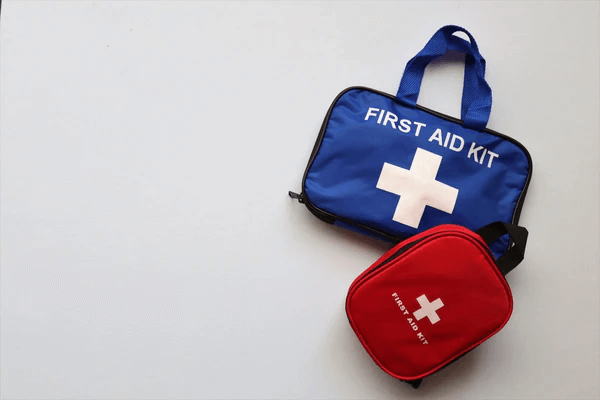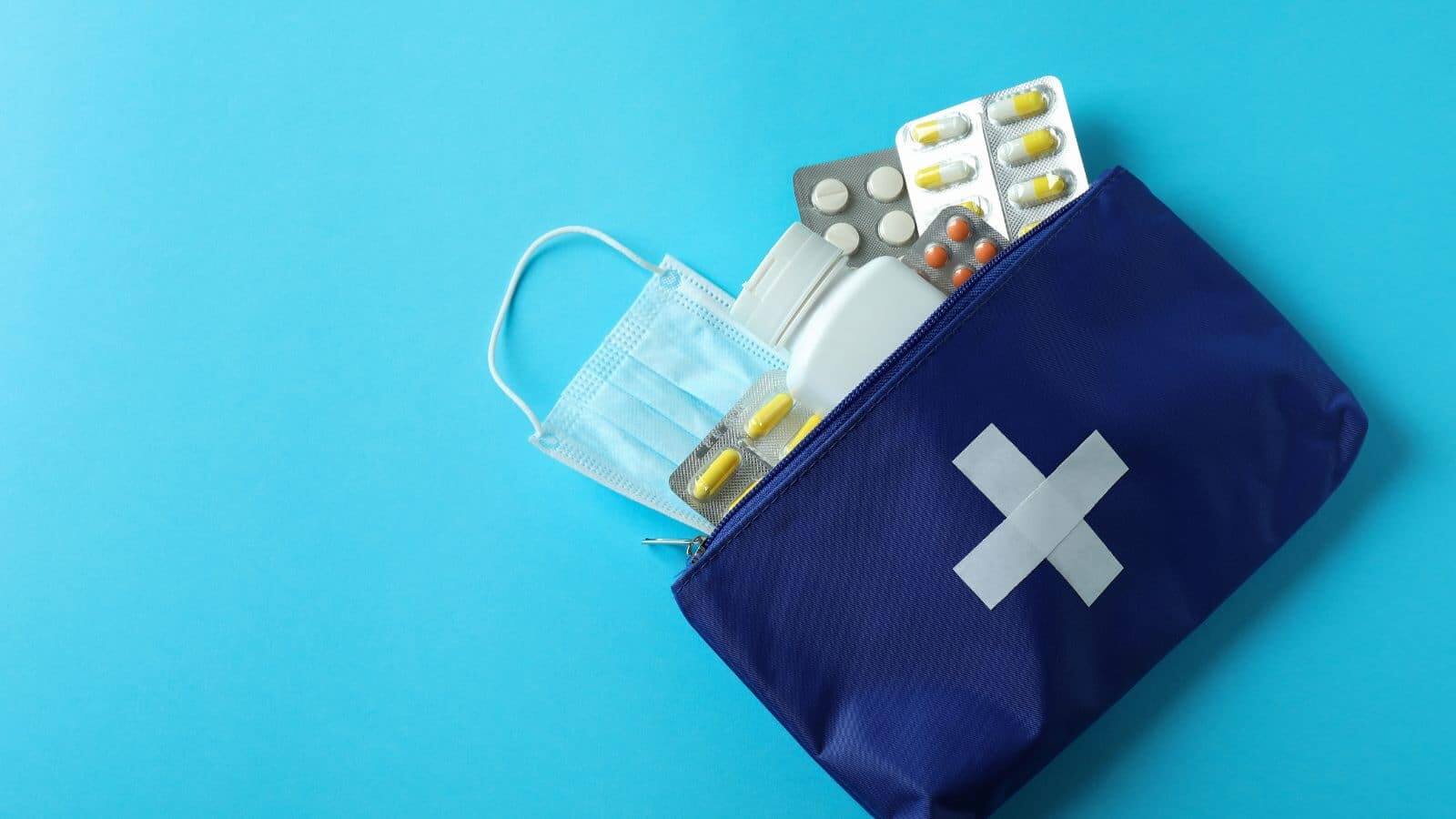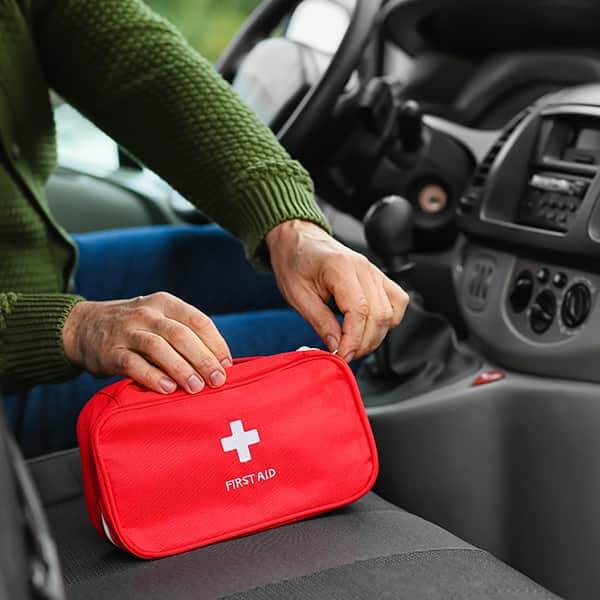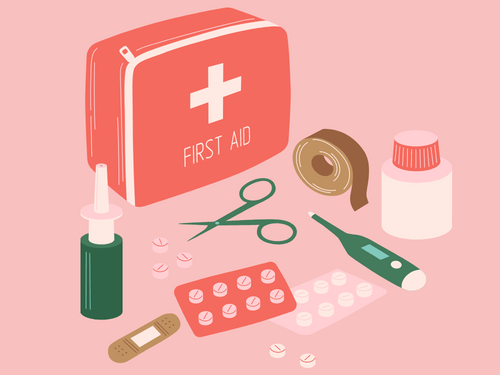Every home and car should be equipped with a well-stocked first aid kit. This essential collection of supplies and medications can be the difference between a quick recovery from a minor injury and a medical emergency spiraling out of control. Whether it’s for a cut, a burn, or a more serious issue, having the right tools on hand can provide immediate assistance until professional medical help arrives. You can buy first aid kit online to ensure you have the necessary items on hand. In this article, we will explore the different types of first aid kits and their crucial components.

Types of First Aid Kits and Their Contents
There are various types of first aid kits tailored to specific situations. Below, we will discuss the most common ones and what each should ideally contain.
-
Home First Aid Kit
A home first aid kit should be comprehensive and equipped to handle everyday injuries and health issues. This kit serves as the go-to for minor cuts, burns, sprains, and illnesses. It is important to customize your kit according to the needs of your household, considering any medical conditions, allergies, or special health concerns of family members.
The essential items in a home first aid kit include:
– Antiseptics: To clean wounds and prevent infection. Hydrogen peroxide, iodine, or alcohol wipes are common.
– Painkillers: Such as Ibuprofen, Paracetamol, or Aspirin. Make sure to have both adult and child doses.
– Antipyretics: Medications to reduce fever. Paracetamol or Ibuprofen can serve dual purposes as pain relievers and antipyretics.
– Anti-inflammatory Medications: To reduce swelling and pain associated with injuries like sprains.
– Anti-poisoning Agents: Activated charcoal or other substances that can counteract the effects of accidental ingestion of harmful substances.
– Burn and Frostbite Remedies: Special ointments or gels to treat burns or frostbite.
– Cardiovascular Medications: For those with heart conditions, it is vital to include heart medications, such as nitroglycerin or aspirin, as well as blood pressure management tools like a tonometer.
– Dressings and Bandages: Sterile gauze pads, adhesive bandages, and elastic wraps to cover and protect wounds.
For households with children, all medications should be stored in appropriate doses, and additional child-specific items like syrup-form fever reducers and child-safe nasal sprays should be included. Elderly members of the household may require specialized items such as blood pressure monitors and medications for chronic conditions like hypertension.
-
First Aid Kits for Specific Purposes
While a general-purpose first aid kit is essential for every household, specialized kits exist for particular environments and activities. These kits are designed with unique challenges in mind and include items suited to different circumstances.

Extreme Situations First Aid Kit
For extreme conditions, whether natural disasters or harsh outdoor environments, a specialized first aid kit is essential. These kits are usually more comprehensive and include:
– Dressings and Bandages: Including sterile bandages, elastic wraps, and occlusive dressings for sealing wounds.
– Scissors, Medical Gloves, and Masks: To safely handle injuries and protect the caregiver.
– Artificial Respiration Devices: For emergency respiratory support.
– Antipyretic and Pain Relievers: Including fast-acting painkillers for sudden injuries.
– Antiseptics: Such as chlorhexidine and hydrogen peroxide to clean wounds.
– Enterosorbents and Rehydration Agents: To treat poisoning and dehydration.
– Water Disinfection Tablets: For use in emergency situations where clean drinking water may not be available.
– Antimicrobial Eye Drops: For treating infections or irritations in the eyes.
– Allergy Medications: For individuals prone to allergic reactions.

Car First Aid Kit
A car first aid kit is legally required in many countries, and it is essential for providing immediate care following road accidents. A well-stocked car kit should include:
– Bandages: 5m x 10cm and 7m x 14cm bandages for treating wounds.
– Sterile Gauze Pads: To clean and cover wounds.
– Hemostatic Tourniquet: For controlling severe bleeding.
– Adhesive Plasters: Both bactericidal plasters for small cuts and roll plasters for securing larger bandages.
– Disposable Gloves and Masks: To safely handle injured individuals.
– Artificial Respiration Device: For emergency breathing support.
– Painkillers and Antiseptics: These are not always required by law but are useful to include, especially for drivers who may need them in an emergency.
– Antihistamines: To quickly handle allergic reactions that may occur on the road.
Tourist First Aid Kit
Traveling can expose you to new environments and medical risks. Whether hiking in the mountains or exploring new countries, a tourist first aid kit should be part of your essential travel gear. This kit should contain medications and tools that address the most common health issues faced while on the move, including:
– Dressings and Bandages: Sterile gauze, elastic wraps, and adhesive strips.
– Antipyretics: For fever and temperature regulation.
– Antihistamines: To deal with allergic reactions.
– Painkillers: For headaches, muscle soreness, or injuries.
– Cold and Sore Throat Remedies: As these are common ailments when traveling.
– Anti-diarrheal and Anti-poisoning Medications: Essential for travelers, especially those visiting regions where food or water safety may be a concern.
– Herpes Medications: For individuals prone to cold sores or other types of herpes infections.
– Heart Medications: For travelers with pre-existing heart conditions.
– Anti-shock Medications: In case of traumatic injuries.
Depending on the environment and destination, additional items may include sun protection creams, insect repellent, and medications for altitude sickness or seasickness. Each traveler should also carry their personal medications for chronic conditions.
-
Customizing Your First Aid Kit
One of the most important aspects of preparing a first aid kit is ensuring it meets the specific needs of your household or activity. A home first aid kit may contain the following:
– Wound Care Supplies: Hydrogen peroxide, iodine, brilliant green, or chlorhexidine. These can disinfect cuts and abrasions.
– Necessary Medications: Painkillers such as Nimesulide or Ibuprofen. For children, include Paracetamol in both syrup and suppository forms.
– Cold and Flu Medications: Vitamin complexes, antiviral drugs, and nasal drops.
– Auxiliary Tools: Tweezers, scissors, a thermometer, and a blood pressure monitor (tonometer). Homes with small children may want to include an infrared thermometer for ease of use.
Conclusion
First aid kits are an essential part of household safety, ensuring that you have the tools and medications to respond to injuries, illnesses, and emergencies. Whether at home, on the road, or out on an adventure, having a well-stocked first aid kit is crucial for quick response and peace of mind. Each kit should be customized according to the specific needs of its environment, whether it’s for everyday use at home, emergency situations in the car, or for tourists and outdoor enthusiasts.

Baseball fan, risk-taker, band member, Vignelli fan and HTML & CSS lover. Doing at the nexus of aesthetics and purpose to create great work for living breathing human beings. My opinions belong to nobody but myself.



